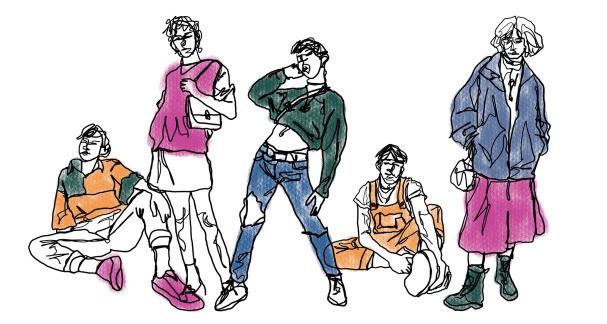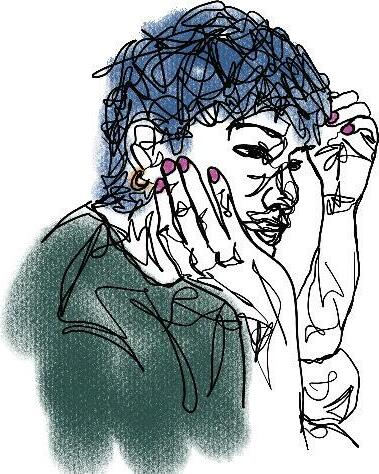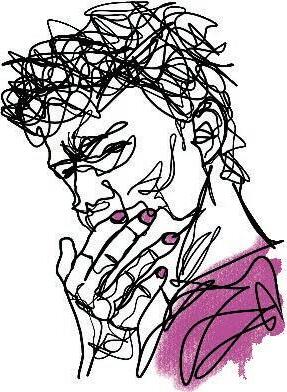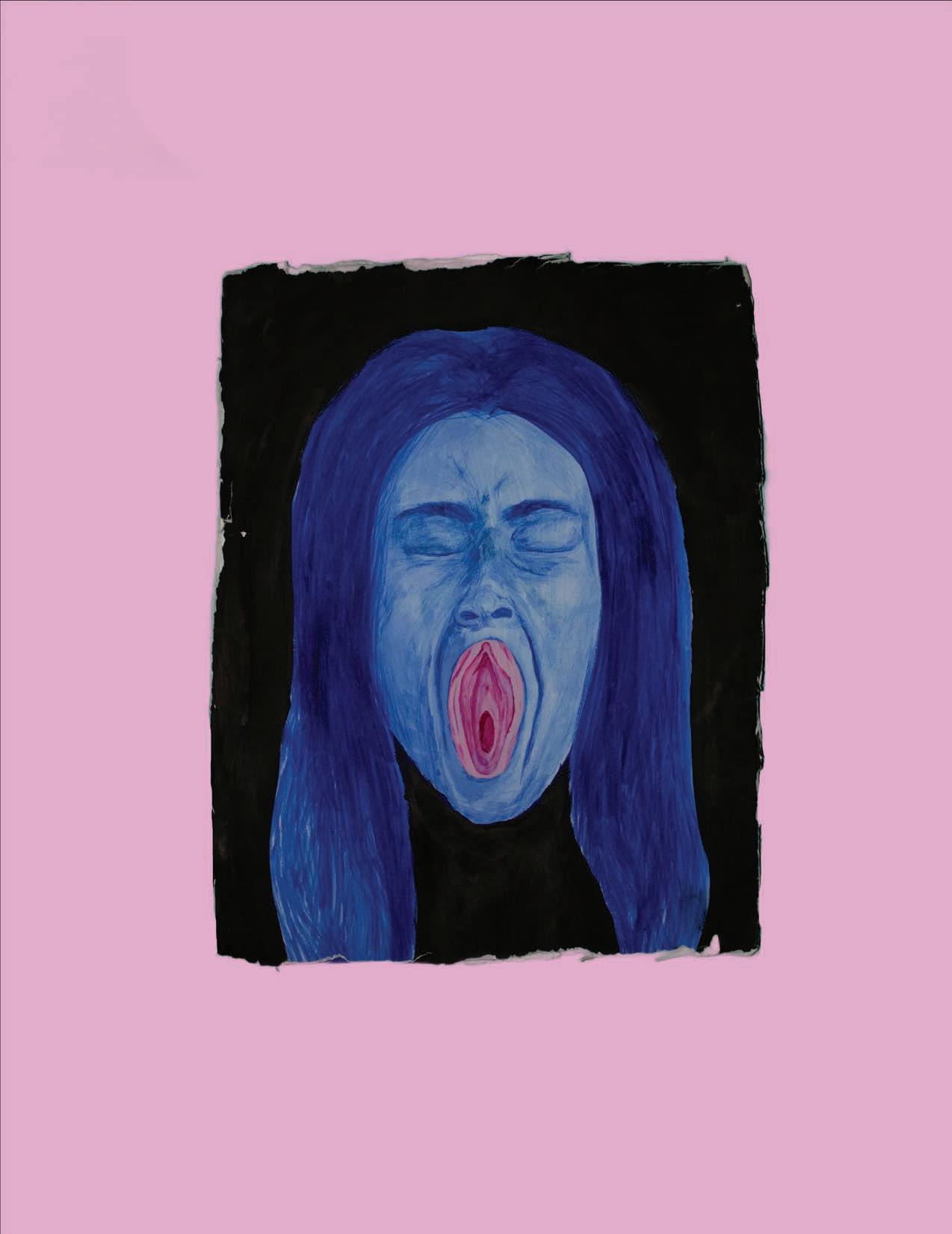
3 minute read
The Veneer of Gayness
Kyle Hooker
My gaydar has been thoroughly tested since coming to Middlebury. Upon arriving at this school, I was excited to witness the existence of a vibrant queer community. Even though my freshman hall was single-gendered and very straight, it seemed like the broader community was pretty queer. At the time I had known I was gay for a while but was just starting to be more comfortable expressing my sexuality; I was eager to have some action.
Advertisement
A s I became increasingly lonely and touchstarved, the yearning for intimacy and a relationship grew more and more intense. I kept telling myself that it would happen eventually, that I would meet people soon. Needless to say, nothing happened for a couple of years, until I finally decided to just bite the bullet and get on some apps, something I had been resistant to for a while. Since then, I have been having hookups and have dated a couple of men casually, all of them off campus. In that long period of time during my freshman, sophomore, and first half of my junior year, I had many crushes on men, of varying durations and intensities (not to mention all of my high school crushes). Pining over these men was both thrilling and torturous. I rarely worked up the courage to tell any of them my feelings, until I found out that either they had a partner (almost always a female-identifying person), or they were not attracted to men, even though they presented in a very artsy, queer-looking way– jewelry/piercings, painted nails, long hair, tattoos, etc.
Perhaps these are the “heteroflexbles,” “bi-curious,” or “metrosexuals” that some talk about. This is the main reason that I do not like Harry Styles as a person; he only dates women publicly and presents in a flamboyant manner to attract their attention. Some praise his courageous ways for wearing traditionally feminine clothing but forget that people like

David Bowie did this fifty years ago. Ultimately, I was increasingly getting the sense that many bisexual men in my community seem mostly attracted to and interested in women; they might fool around with a hot guy at a party while intoxicated, but they exclusively date women.
Last year, I became good friends with someone who uses he/they pronouns and presents in a very hip, artsy style; he paints his nails often, has ear and nose piercings, and has impeccable fashion. I began to develop feelings for him and was pretty sure that he was at least bi. Alas, he told me that he was “straight-ish.” My heart sank a bit. It left me thinking, damn, I could have sworn he was bi!

I am aware that bisexuality is a spectrum, but simultaneously I feel that what I’m describing is too much of a pattern to be pure coincidence. Some of this relates to internalized homophobia and simply practicality – there seem to be more women who like men than men who like men. I am not demanding that this pattern requires an explanation per se, but I am curious to explore other factors that may contribute to this phenomenon.
Of the handful of gay men on campus that I know, many of them are looking for hookups and nothing more than that. I try not to harbor any judgment towards these people; different people are at various stages of emotional availability and desired level of commitment. That said, it is still remarkable that I do not know any gay men on this campus who are in a relationship.
Quite frankly, it is difficult to find the time and energy to commit to a serious relationship at a rigorous institution like Middlebury– maybe this is a bit dystopian when you think about it. After all, relationships (whether platonic or not) are what give meaning to our lives. Therefore it’s crucial that we protect some regular time in our lives for ourselves and for the important people in our lives–school and work are not all there is to life.
I want to make clear that I am cognizant of the widely varied levels of comfort someone of any romantic/sexual identity may have in engaging in different types of romantic and/or sexual relationships. Still, I believe that it is so important to have difficult conversations like this among people of varying queer identities that have historically and currently hold tension. It is in these vulnerable conversations that we can form deeper connections with each other and empower ourselves.











